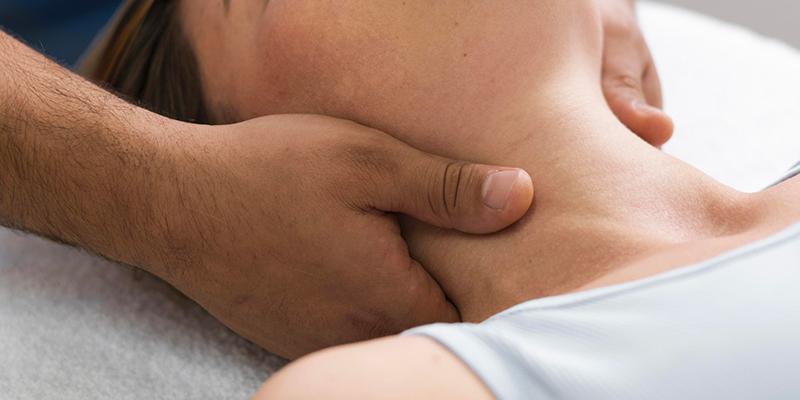When the body’s natural structure is disrupted by tension, restriction, or imbalance, it can interfere with the way different systems work together. These disruptions often show up as pain or reduced mobility, not just at the site of the restriction but also in connected areas like the neck, mid-back, lower back, sacroiliac joints, hips, knees, ankles, shoulders, elbows, and hands. Osteopathy takes a whole-body approach to treatment, using gentle, hands-on techniques to assess and release areas of tension within muscles, joints, fascia, and even internal organs. By improving movement and restoring balance, osteopathic care enhances circulation, supports the nervous system, and encourages the body’s own healing processes. This can lead to meaningful relief from symptoms and long-term improvements in function and well-being. Conditions that respond well to osteopathic treatment include TMJ dysfunction, tension headaches, migraines, abdominal bloating, constipation, gastroesophageal reflux disease (GERD), irritable bowel syndrome (IBS), menstrual and menopause-related discomfort, muscular tightness, joint stiffness, postural strain, fatigue, and stress-related tension. Osteopathy helps create better internal harmony so the body can move, function, and feel its best.
Osteopathy

Osteopathy
Copyright © 2021 euphoriawc.com. All Rights Reserved
